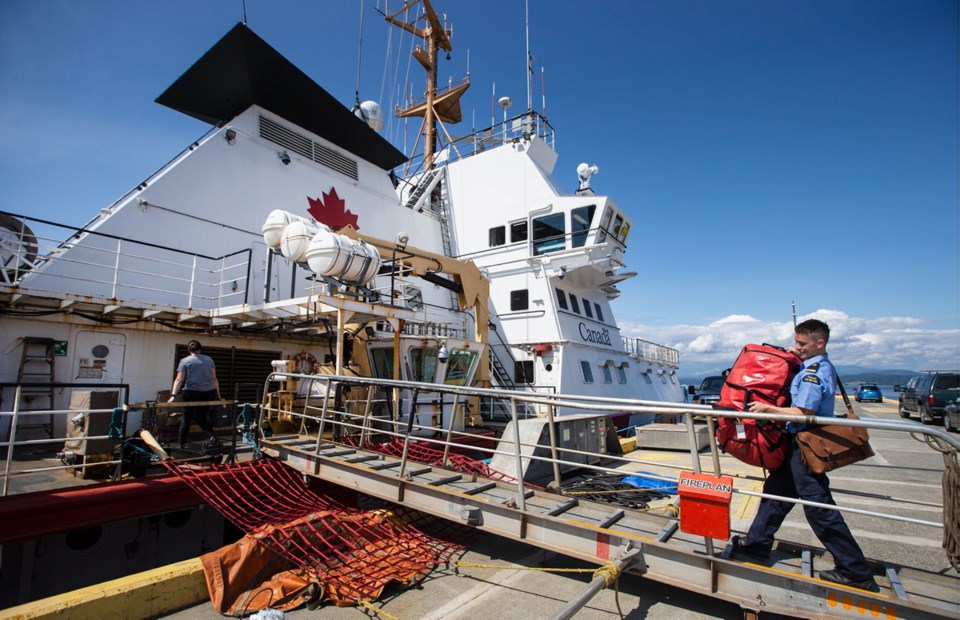Cherisse Du Preez and her fellow scientists had never seen anything like it.
The underwater volcano about 250 kilometres off Vancouver Island was the biggest ever found in Canadian waters.
Rising 2.5 kilometres from the ocean floor, it matched Mount Baker in height and covered an area similar in size to Greater Vancouver.
Equally stunning were the strange creatures populating the seamount’s unusual ecosystem — sponges and corals, sea cucumbers and sea stars.
In some ways, they resembled life forms you’d find in waters off Dallas Road or at Botanical Beach, except that these looked more like unusual cousins.
“It was an anomaly straight from the beginning,” said Du Preez, a marine biologist with Canada’s Department of Fisheries and Oceans and part of the team that discovered the Explorer Seamount last summer.
“There were animals that we didn’t predict were going to be there. The environment was different.
“We found an ancient underwater city of sponges that we nicknamed Spongetopia. The thing is that scientists didn’t expect it was going to be there, so we were confused.”
Their gut instincts were correct, however; they were seeing something for the first time. DNA testing of samples taken last year confirmed the discovery of species previously unknown to scientists.
Now, researchers are heading back to the Explorer Seamount for a more thorough investigation of the volcano and the mysterious creatures that live there.
A team of scientists from Fisheries and Oceans Canada and their partners, the Nuu-chah-nulth Nations and Ocean Networks Canada, embarked Tuesday on a two-week expedition aboard the Canadian Coast Guard vessel John P. Tully.
The researchers plan to gather further samples and use a robot with high-resolution cameras, floodlights and sensors that can dive two kilometres to the ocean floor and send back real-time pictures of life on the underwater island.
One of the goals is to determine the size of Spongetopia, which is so big that scientists were unable to travel its length on their last visit in 2018.
Images will be livestreamed on Fisheries and Oceans’ website so people can watch along at home.
“When we go down into the deep sea with cameras, when we turn on the lights, we’re seeing animals that scientists have never seen before,” Du Preez told reporters at the Institute of Ocean Sciences in Sidney prior to departure. “We’re seeing things that the general public doesn’t know exist in their water.
“These animals, even though they’re removed from our lives, they’re already being impacted by us, so we need to start the protection process. So to inform the public, we share everything that we know, as soon as we know it, so that we can all kind of go on this mission together.”
The Explorer Seamount sits at the centre of an ocean region that Canada declared an Offshore Pacific Area of Interest in 2017 — the first step toward creating a Marine Protected Area under Canada’s Oceans Act.
Tammy Norgard, chief scientist on the seamounts expedition, said it’s important to understand what’s in the area so it can be protected. “The significance is that we’re getting out there and actually collecting research in Canadian waters with Canadian scientists, which is a pretty exciting thing,” she said.
Kim Juniper, chief scientist at the University of Victoria’s Ocean Networks Canada, issued a statement stressing the importance of exploring the seamounts.
“Gathering data through expeditions like this advances the world’s understanding of ocean biodiversity hotspots at a critical time when governments, Indigenous peoples and conservation groups are working to formally protect vulnerable marine ecosystems.”



